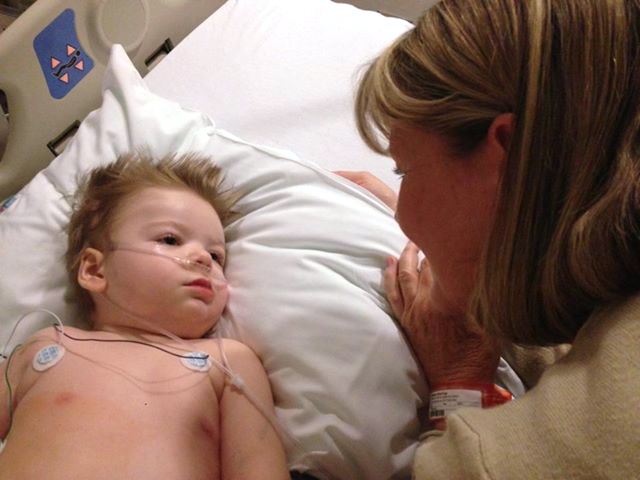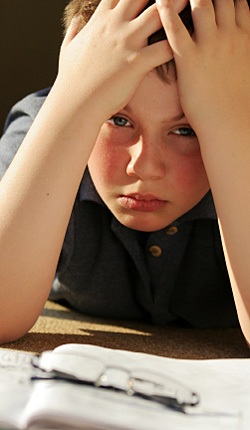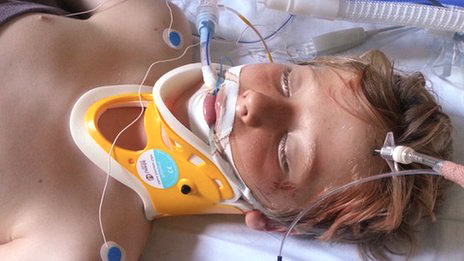Children’s Development After Head Injury
To any of you who have been following the NFL players legal battle over head injuries – or have been reading this blog – the research studies I’m going to describe should come as no surprise.
The findings: Severe traumatic brain injury affects development in young children.
Incredible as it seems, for some time (especially in non-pediatric trained physicians) many in the medical profession held beliefs that young children are not as vulnerable to the negative effects of traumatic brain injury.
We now know that is completely wrong and children are at least as susceptible to the neurological effects of head injury and most likely even more so!
Children Prone To Falls
It’s almost the definition of a baby or toddler that they almost have an obligation to fall or trip – unless they spend their first three years in a bouncy seat. That’s how they develop their sense of balance, through “trial and error.” Older children on the second hand, with their wonderful sense of balance and stamina, don’t seem to have a clue what it is that causes accidents.
And teens, on the third hand, who finally have learned cause and effect, unfortunately think they’re invincible so it doesn’t apply to them!
Fortunately, it seems that for the most part God takes a little pity on kids and the majority of bumps and falls are relatively minor and cause no lasting physical effects.
Severe Head Injury Study Results
The medical journal Pediatrics reported on two small studies performed at a children’s hospital in Australia which analyzed the long term results of severe traumatic brain injury (TBI) in children.
 In the first study 53 children with TBI before three years of age were compared with 27 age-matched children who had never had a brain injury for their intellectual development, social interactions and some behavioral milestones and abilities. Of course all of the children in the study had survived and recovered physically from their injuries.
In the first study 53 children with TBI before three years of age were compared with 27 age-matched children who had never had a brain injury for their intellectual development, social interactions and some behavioral milestones and abilities. Of course all of the children in the study had survived and recovered physically from their injuries.
In this study they did find lags in all three areas including cognitive development and long-term intellectual ability. However, the researchers wrote that they also seemed to see a relation between the severity of the impairments and socioeconomic status. They felt that the lowered intellectual function which they saw could be predicted by the higher parental stress and lower parental involvement which effected the child’s recovery process.
The second study was a prospective one which included 40 children with TBI’s occurring between two and seven years of age. They examined the child at the time of injury and then again 12 months, 30 months and ten years later. More of these injuries were caused by motor vehicles, rather than falls like in the first study, so were also more severe.
Those where the TBI was mild had no measureable deficits in their intellectual abilities. However, those with more severe injuries had problems in all three areas. Intellectual, social and behavioral development lagged behind their peers for upwards of three years after their injury.
The Rest of the Story
 Obviously these studies were small so don’t really support any generalization to the populace as a whole. However, I can tell you, obtaining good follow-up on patients like these for ten years is no small feat so shouldn’t just be dismissed.
Obviously these studies were small so don’t really support any generalization to the populace as a whole. However, I can tell you, obtaining good follow-up on patients like these for ten years is no small feat so shouldn’t just be dismissed.
Additionally, the fact that their findings just “simply make sense” and are completely parsimonious with what most of us pediatricians see in our own practices, gives us a bit of confidence to believe we can begin to use these expectations in developing treatment plans.
The docs at the Harvard Medical School in Boston conducted a study some time ago which showed that recovery time from a concussion is doubled in children who have suffered a traumatic head injury in the past. The recovery time triples if the previous head injury occurred within 12 months or less.
What Do We Do Now?
Fortunately children are not static creatures which may be our greatest asset in dealing with this issue. There is intellectual growth with age, just like is seen in social and behavioral abilities. All we can say with this data is that there is a “lag.” Nothing was discovered about what the final end-point would be.
It seems from their reports that their measurements became a bit cloudy after three years from the point of injury, meaning that it was difficult to tell for certainty any lags when compared with non-injured children.
The implications should be obvious as far as schooling and other expectations are concerned. Extra help will be needed in most cases; but, that “help” should of course be “main-streamed” so that social and behavioral recovery is also made.
[Pediatrics, Jan 2012]
Advertisement by Google
(sorry, only few pages have ads)

